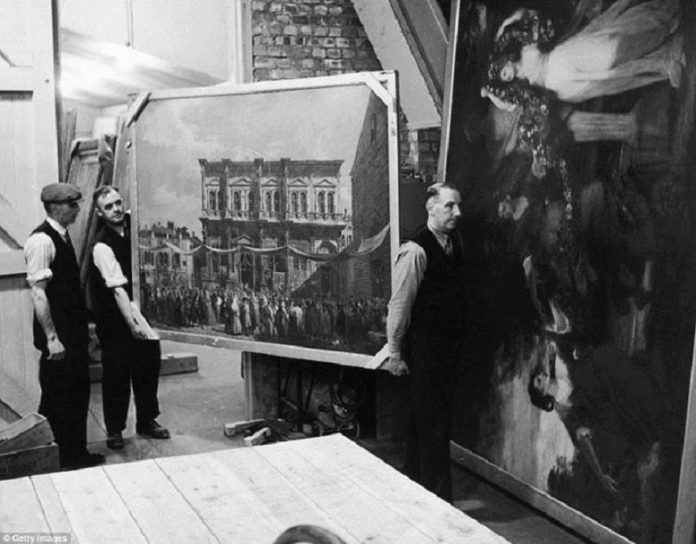For four years, a disused slate quarry in a remote mountain in North Wales became home to some of the world’s greatest artistic masterpieces. In specially constructed air-conditioned underground chambers the priceless treasures in the collection of London’s National Gallery sat out the days of the Second World War safe from German bombers and Nazi art hunters.
The abandoned slate quarry was located beneath a small mountain named Manod Mawr, near the historic mining town of Blaenau Ffestiniog. The local slate mines have been driving the economy of this region since the 18th century. The 1860s and 1870s were the best years for the slate industry and the area underwent a large boom. But an economic recession followed by the First World War and the general trend towards mass-produced tiles and cheaper slate from Spain caused the industry to falter, and many quarries closed down.
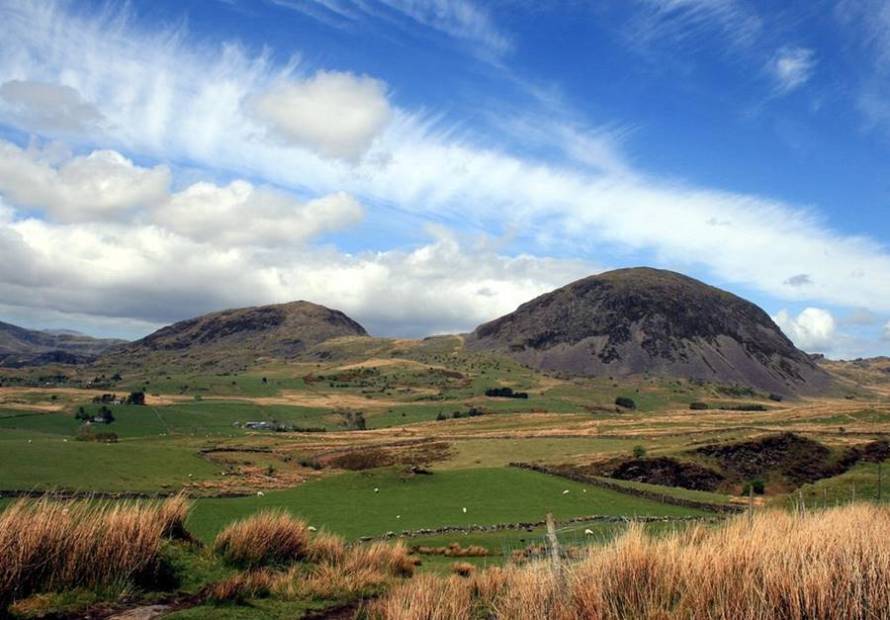 In 1939 war broke out in Europe and the British knew that German bombers would fly across the English Channel to attack Britain from air. Even as the government struggled to evacuate people from London and build bomb shelters across the nation, priority was given to safeguarding the invaluable art collection housed at the National Gallery at Trafalgar Square in London.
In 1939 war broke out in Europe and the British knew that German bombers would fly across the English Channel to attack Britain from air. Even as the government struggled to evacuate people from London and build bomb shelters across the nation, priority was given to safeguarding the invaluable art collection housed at the National Gallery at Trafalgar Square in London.
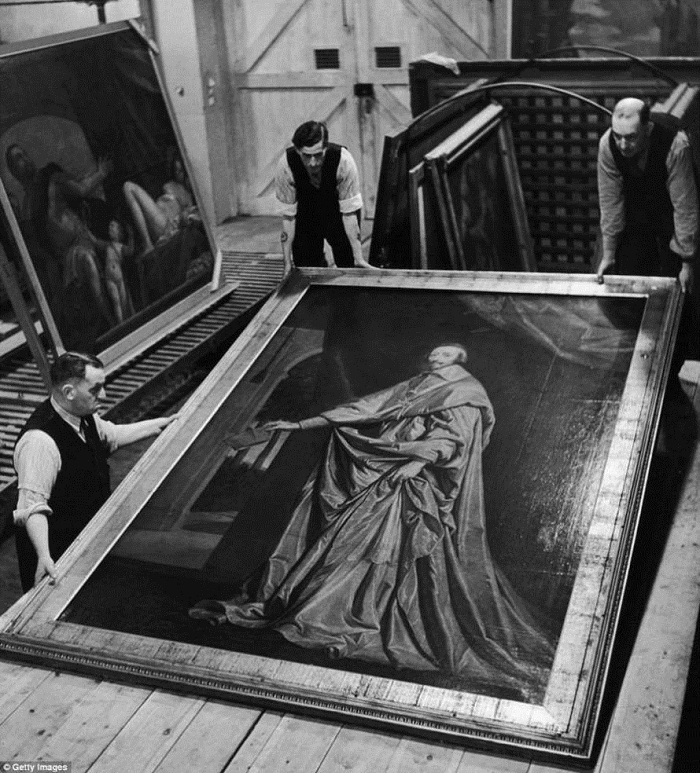 Before the war started, many paintings were already moved to various locations in Wales, including castles and university colleges. When it became apparent that these locations were as vulnerable to bombing as London itself, a more secure location was sought. Winston Churchill vetoed the idea of shipping the paintings to Canada, saying: “Hide them in caves and cellars, but not one picture shall leave this island.”
Before the war started, many paintings were already moved to various locations in Wales, including castles and university colleges. When it became apparent that these locations were as vulnerable to bombing as London itself, a more secure location was sought. Winston Churchill vetoed the idea of shipping the paintings to Canada, saying: “Hide them in caves and cellars, but not one picture shall leave this island.”
 The vast abandoned slate quarry in Blaenau Ffestiniog fitted the bill perfectly. The town was isolated and lonely, and the quarry itself was enormous with huge cavernous rooms. The cave’s 100 meters thick slate ceiling provided solid protection against the unlikely event of Hitler deciding to bomb this lonely mountain in north Wales.
The vast abandoned slate quarry in Blaenau Ffestiniog fitted the bill perfectly. The town was isolated and lonely, and the quarry itself was enormous with huge cavernous rooms. The cave’s 100 meters thick slate ceiling provided solid protection against the unlikely event of Hitler deciding to bomb this lonely mountain in north Wales.
 Work on the quarry began immediately. The entrance to the quarry was enlarged so that trucks could drive inside allowing boxes containing the paintings to be unloaded inconspicuously. Several small brick ‘bungalows’ were built within the caverns to protect the paintings from variations in humidity and temperature. To counteract the damp air in the chambers, a crude air conditioning system was devised consisting of electric fans blowing air over trays of dehydrated silica gel. The system worked so well that when the pictures went back to London, most of them were found to be in better condition than when they were at the National Gallery. This led the National Gallery to open their first air-conditioned gallery in 1949.
Work on the quarry began immediately. The entrance to the quarry was enlarged so that trucks could drive inside allowing boxes containing the paintings to be unloaded inconspicuously. Several small brick ‘bungalows’ were built within the caverns to protect the paintings from variations in humidity and temperature. To counteract the damp air in the chambers, a crude air conditioning system was devised consisting of electric fans blowing air over trays of dehydrated silica gel. The system worked so well that when the pictures went back to London, most of them were found to be in better condition than when they were at the National Gallery. This led the National Gallery to open their first air-conditioned gallery in 1949.
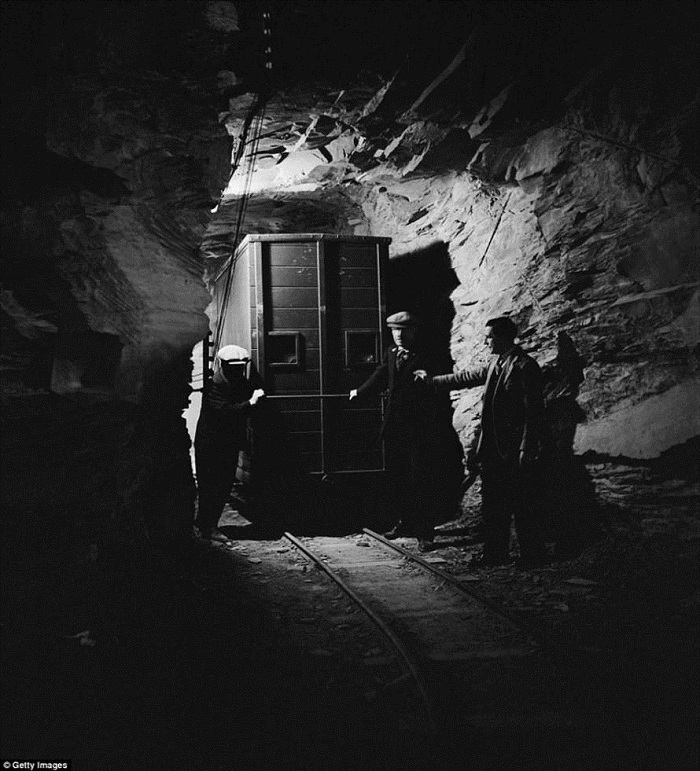 After the war ended and the paintings returned to the National Gallery, a small part of Manod went back into operation with a few workers, mostly producing slate slabs for industrial use. When relationship between the Soviet Union deteriorated during the Cold War, the quarry was put back into standby for possible use once more.
After the war ended and the paintings returned to the National Gallery, a small part of Manod went back into operation with a few workers, mostly producing slate slabs for industrial use. When relationship between the Soviet Union deteriorated during the Cold War, the quarry was put back into standby for possible use once more.
Today, the quarry lies abandoned but the region continues to be mined supplying slate as well as granite.
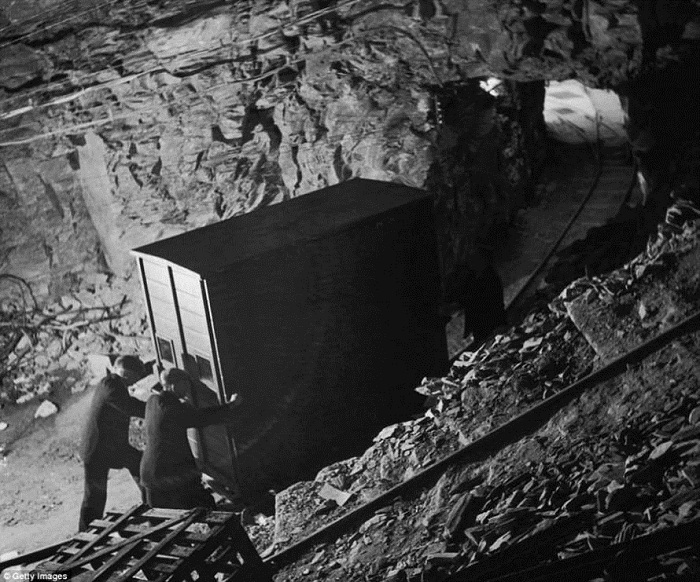
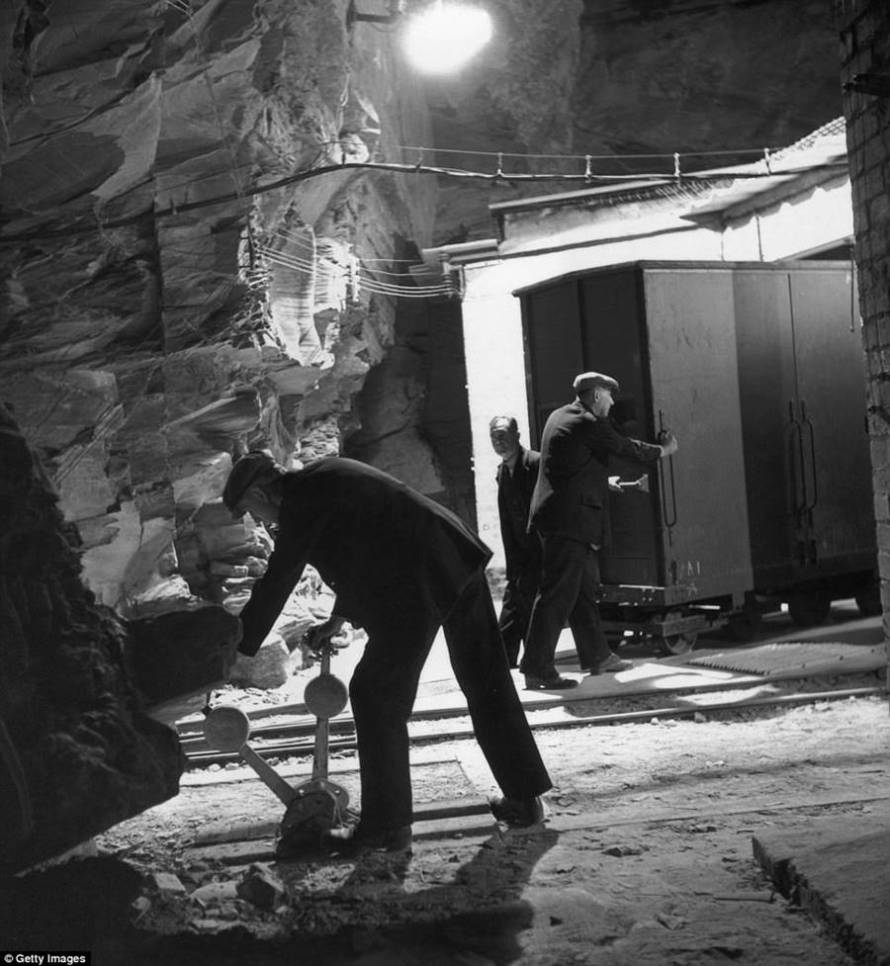
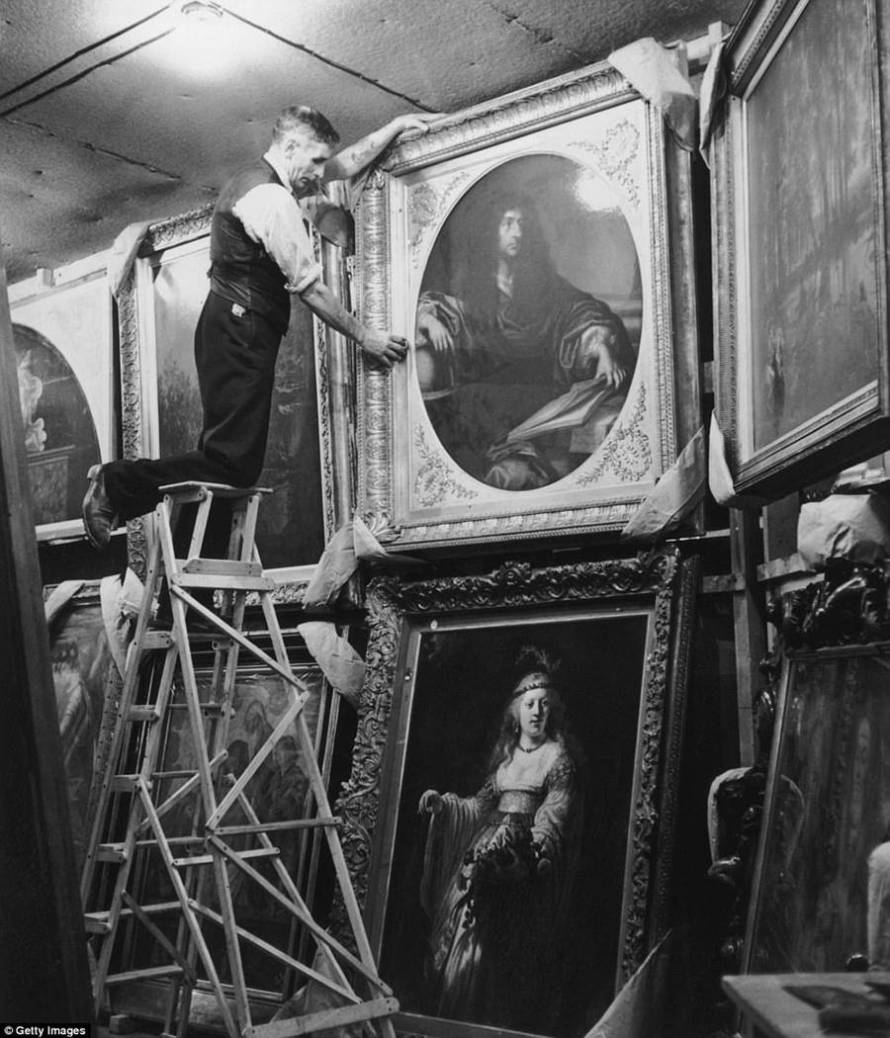
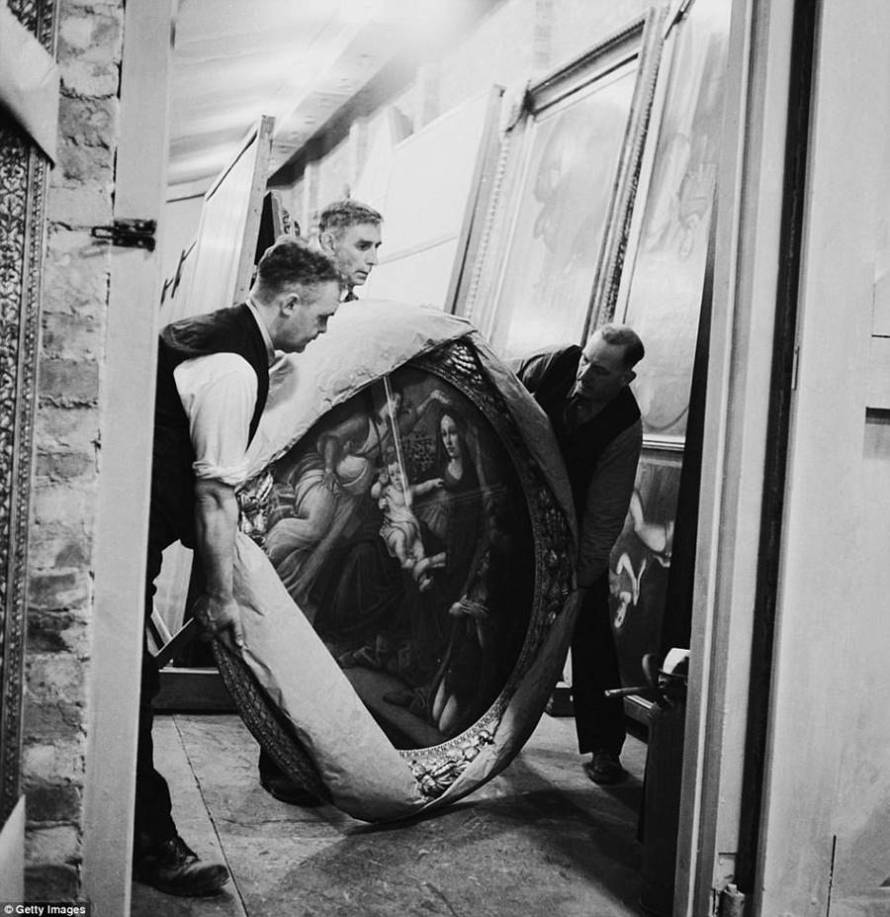
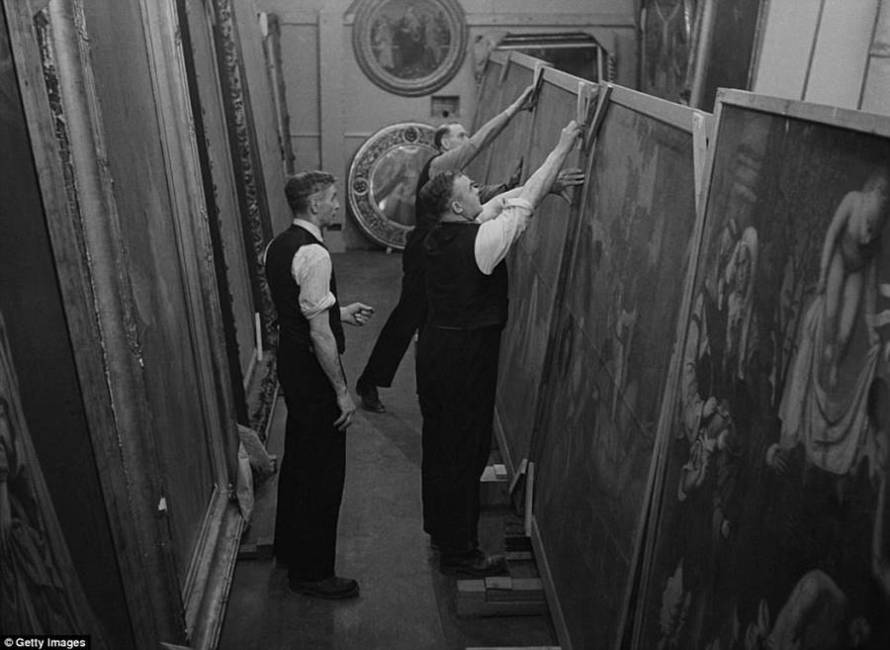
Source: Amusing Planet / Snoopit24




